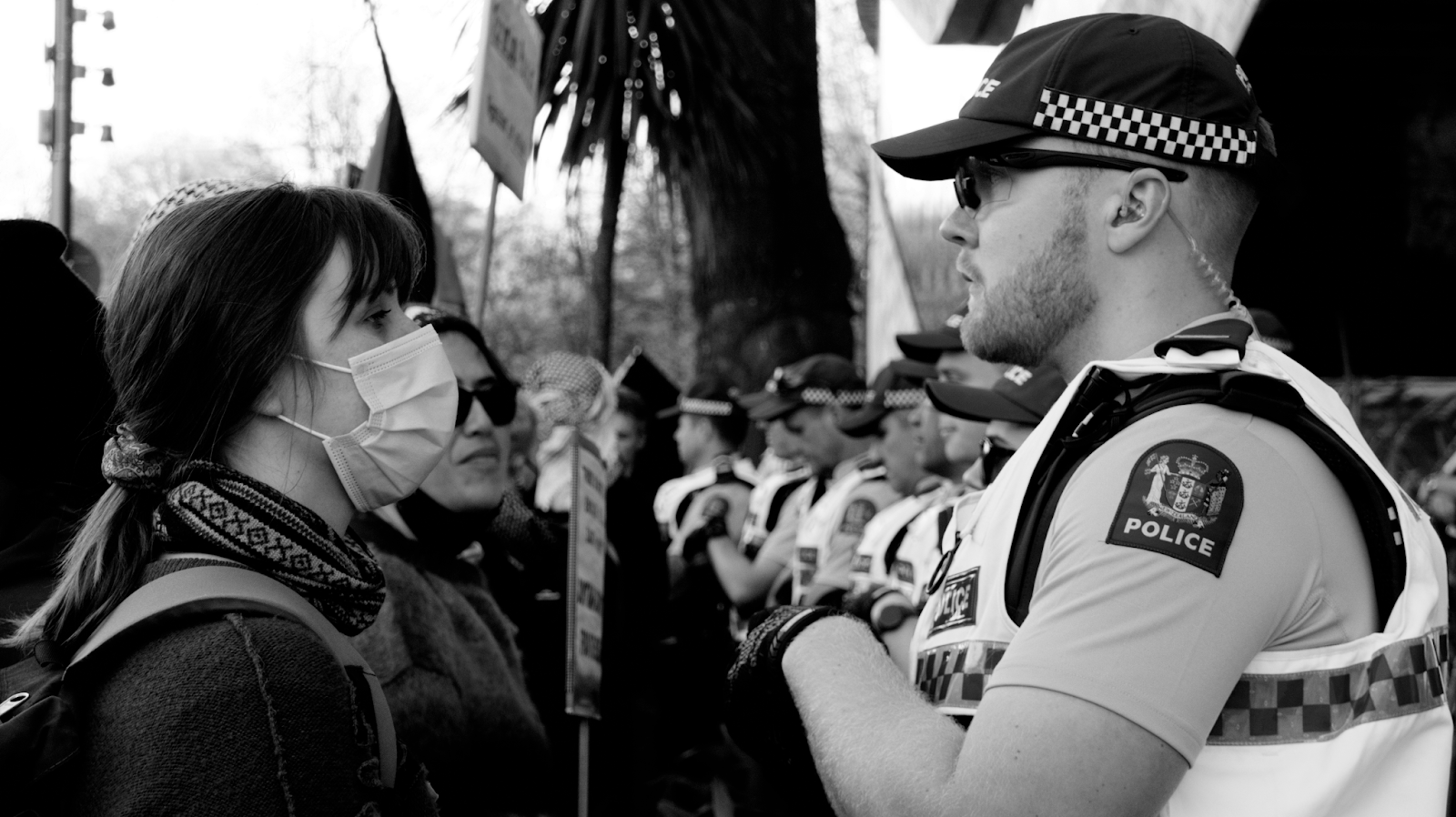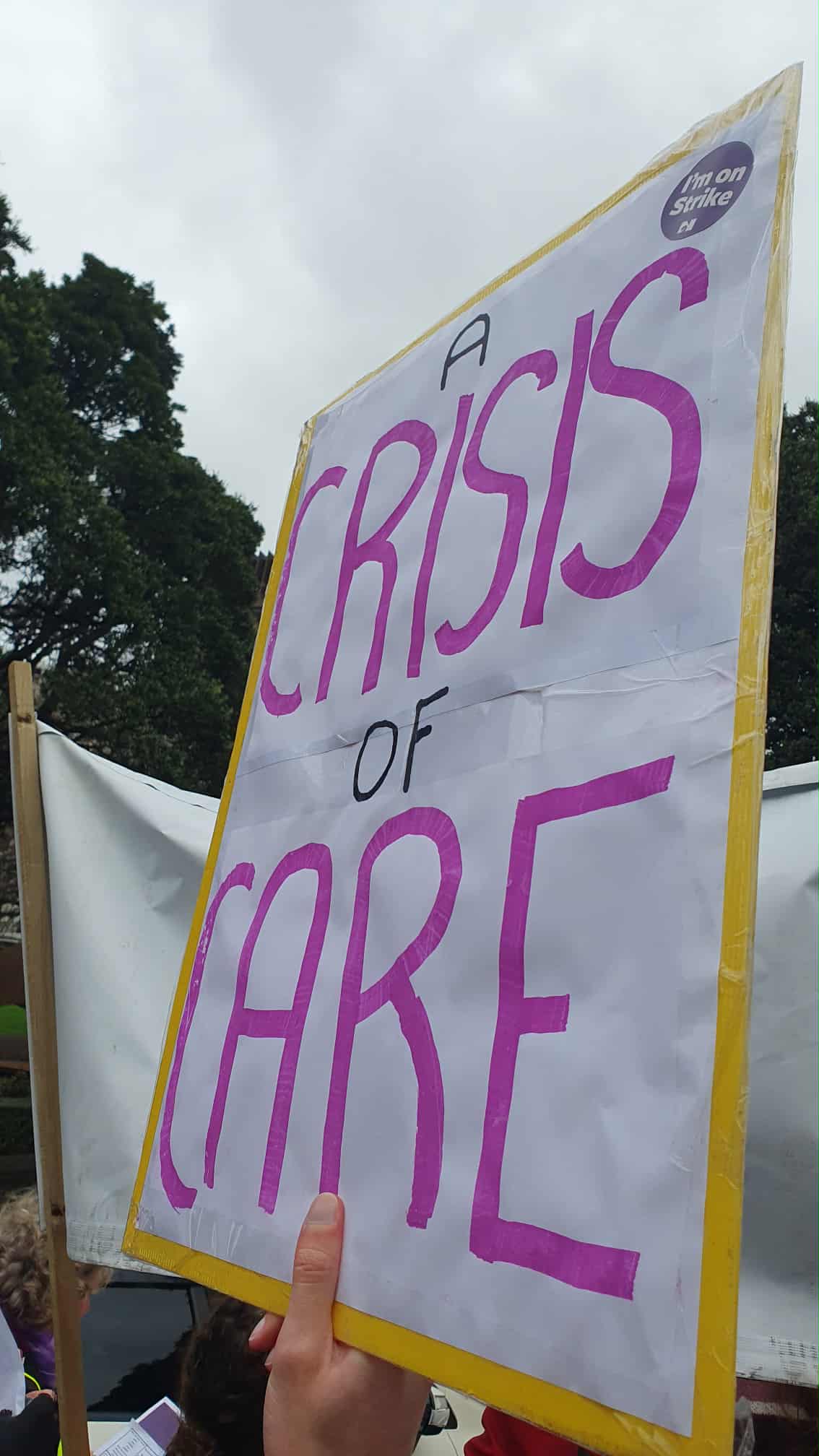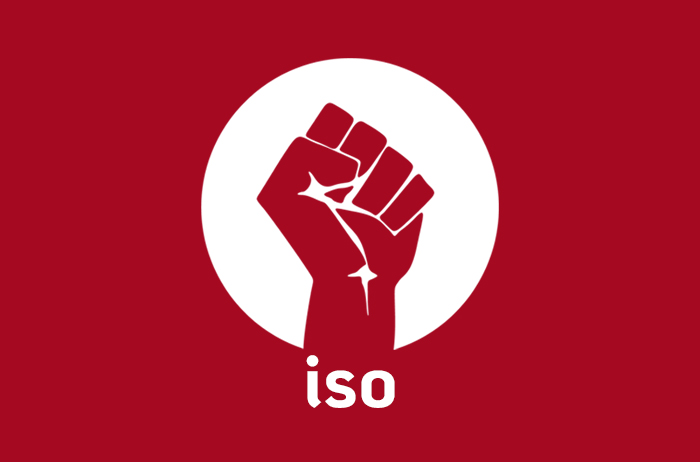Over the Easter Weekend a group of activists set out to the Denniston plateau to protest mining company Bathurst Resources’, “Buller Plateaux Continuation Project.” The proposal sets out to “extend the life of the Stockton mine”, by expanding further South in attempts “to mine 20 million tonnes of coking coal for export from the Buller Plateaux (West Coast) over a 25-year timeframe.”
Over those 25 years, tens of millions of tonnes of CO2 would be released into air from the burning of that coal alone. The expansion itself would result in the levelling of hundreds of hectares of unique ecosystem, and the go-ahead for this project would utilise the undemocratic Fast-track Approvals Act 2024.
Rightfully, this pissed off a whole bunch of people, who decided that the best course of action was to show off a bit of people power by making their voices heard and their presence felt.
Their action involved, firstly, occupying the Denniston plateau. Years prior, Bathurst had started digging up the area, but due to decreases in profitability, ultimately abandoned the site until their recent, new proposal. The protestors camped here for the weekend raise publicity and awareness. Judging by news media reports, they certainly achieved these goals.
Further to this, a small group of these activists sought to block the functioning of the Stockton mine site. They did so successfully, camping in coal buckets for several days and preventing work in the area. This also garnered nation-wide attention, further boosting the message they were putting forth: No more coal mines in New Zealand.
The following interviewees are all members of the ISO who attended the Denniston Encampment
Speaking to a couple of protestors that had spent the long weekend on the West Coast, the themes of community-building and solidarity in protecting the environment really shone through.
One attendee, Neave, emphasised that “the organisers [were] very mindful of the wellbeing and capacity of everyone involved. Plus I was blown away by the number of people there, and the fact it was quite literally folks of all ages.”
They said “it was intense, doing all sorts of manual stuff while exposed to the elements, but for the cause of fighting climate change and preserving a beautiful natural environment, it felt well worth it.”
Another activist, Luca, said that they were really proud of their time occupying the Denniston plateau. “This was constantly positioned by fellow activists as a warning shot to Bathurst but it really felt like a test of our collective resolve.”
Indeed, while the protestors were settling in, the end of Subtropical Cyclone Tam was swinging around. Like in any direct action, attendees had to adapt to challenges, and there were no shortages of challenges that weekend.
Luca explained that “amidst threats from locals, the tail end of Cyclone Tam, and confusion over the legality of our occupation,” the activists stood resolute. More than anything though, he “felt inspired to be among both seasoned and fresh activists determined to speak sense in the face of impending climate catastrophe, and to put our bodies where our voices are.”
Despite the positive experience and strong impact of the protest, negative comments from all sorts accompanied the reporting of the story.
Grey District Mayor Tania Gibson told the protestors to “bugger off and go back to where you came from,” claiming that “the land that does get mined gets done sustainably with very strict rehabilitation in place.”
She went on to say “People do have the right to protest but what they’re doing is a health and safety risk. It’s affecting people’s working days and the company, what they need to produce, it’s just plain stupidity and grandstanding.”
NZ First’s Shane Jones (Minister for Oceans and Fisheries) weighed in heavily, claiming that he could not “fathom the mentality of these blow-ins from other parts of the country to think that they have a right to speak for the hundreds of people who derive their living from mining.”
He said that “This lack of awareness and consideration for others is mind-boggling. New Zealand is relying on a stockpile of 1.2 million tonnes of coal to keep the lights on this winter.”
Notably, he claimed that Aotearoa was “probably the only country transitioning from renewable to coal as Kiwis face down an economic downturn and rising power prices at the onset of winter.”
We thought then that, maybe we should bring this backlash to some of the fine folks that were at the action. To answer some questions we reached out to two of Climate Liberation Aotearoa’s talented spokespeople, Cora and Rosie.
This is going to create hundreds of jobs for the West Coast, in fact, mining creates “millions of dollars in royalties, and in wages and spending on infrastructure, plant and supplies.” Why do you hate coal miners?
Cora: I don’t hate coal miners! What we want is a just transition off coal where we have clean and sustainable jobs for everyone. Creating a new coal mine is the absolute opposite of that. Also most of the profits from this new mine will not be enjoyed by local communities. If they were then the coast would be the richest place in New Zealand.
Instead the beneficiaries are Bathurst’s foreign shareholders. In fact, the New Zealand taxpayer actually loses out from this arrangement. In 2024, the government spent more money cleaning up Stockton (currently Aotearoa’s largest coal mine) than they received in royalties from all coal mining in New Zealand
Rosie: The continued development of the coal industry is bad for all workers. We know that coal miners often get the short stick in this boom and bust industry. When projects are economically viable people move across the country to work there, [but] are [then] left in the lurch when these projects collapse. We want a more sustainable job market both for the environment and for the workers.
Shane Jones said that “New Zealand is relying on a stockpile of 1.2 million tonnes of coal to keep the lights on this winter.” Where do you think it comes from if not from the mines?
Rosie: Not from this mine. All coal mined in this region is coking coal for steel making. It is entirely made for export where overseas companies use it for industry. None of it is being used to benefit individual New Zealanders’ energy needs.
Cora: We do have an energy problem in New Zealand, but the solution to that is not extracting more coal. We need to be exploring clean, green energy solutions that can meet the energy needs of New Zealanders without the cost to our planet and climate.
Tania Gibson said that “…land that does get mined, gets done sustainably with very strict rehabilitation in place.” Surely, after the mining, this will return the land to basically pristine condition?
Rosie: You can’t instantly rehabilitate a 40 million year old unique natural environment. While some replanting does occur after coal mines move out, the richness of the unique ecosystems get destroyed and never recover. This area is home to a range of nationally endangered insects, birds and plant species some of which are seen nowhere else in the country. The Denniston plateau is a magnificent place and too beautiful and precious to lose.
Cora: It is just naive to imagine that this mining could be sustainable. Rehabilitation does not return the land to its original condition. Some of our group who toured Stockton Mine saw the rehabilitation efforts first-hand and recounted seeing a few sad trees and not much else. Even if it were possible Bathurst absolutely cannot be trusted to follow through. Take the example of the Powelliphanta, rare giant snails which were taken from what was once Happy Valley. They were put in a fridge, which broke, killing them. We are putting our most precious creatures and environment into the hands of a greedy Australian corporation whose only goal is to exploit the land for profit.
Even if this is a good cause, shouldn’t you be at work instead of out here preventing other people from doing their jobs?
Cora: We’re talking about the potential destruction of a unique 40 million year old ecosystem and the extraction of enough coal that it will rival Aotearoa’s yearly emissions once burnt. Since this is a fast track project, we the public have no opportunity to be consulted or heard in regards to this application. There is nothing I could have been doing which is more important than protecting the Denniston plateau.
Rosie: I think this is the most important job in the world. Nothing else I can do in my life would make me as proud as being here to protect the natural world and the future of people. I want to be able to say one day to my great great grandbabies that we had a problem but the world came together to fix it. That everyone made the earth we live on their most important priority – more important than their jobs, than short-term economic gain, than anything – because that is how true change happens.
What does this action mean to you?
Luca: I grew up just an hour’s drive from the Denniston plateau. I couldn’t tell you the first time I visited there, and it’s been countless times since. This area of New Zealand is really important to me. I genuinely can’t conscience the thought of it falling to the same fate as Happy Valley.
At the same time I have an appreciation for the local communities’ reliance on and support for, albeit fraught and a deeply unequal exchange, mining in the region. I think, as we recognise the need for immediate and drastic action to mitigate the worst of climate change, climate activists need to reckon with what we mean by a just transition, beyond vague allusions to green jobs.
Despite this, I remain encouraged by this initial action, as a sign of things to come.
Cora: It means everything. To spend five days in this place that we are committed to protecting with a group of other people who care as much as I do and who are willing to fight for our future together.
I’m really afraid of what the future holds, especially when we have these projects that will create more emissions, taking us ever closer to a climate catastrophe. Being able to share that fear with others and also create hope that together we will have the power to prevent this coal mine was amazing. It felt like for a few days we were living the future that we want to build. And then, to watch the people who went into the cable car carrying the coal, who were willing to put their bodies on the line for their futures, their children’s futures, their grandchildren’s futures was incredibly inspiring.
Neave: This was important for me because it involved people from across generations from across Aotearoa coming together to fight against the undemocratic destruction of our natural environment. At a personal level it was really stepping out of my comfort zone and represented real growth as an individual, being able to overcome anxieties and dread about discomfort and stress for the sake of a just cause. It was real connection building through shared hardship for the sake of fighting against the biggest challenge of our time: climate change.
Rosie: To me this is the embodiment of hope. I spend so much time feeling terrified. I think anyone who genuinely engages with climate science does. It is unbearable to think of the suffering that is coming for so many people and to feel like nothing is being done to change it. Yet, I am so grateful to be here with the kindest, coolest, loveliest people I’ve ever met in one of the most beautiful places I have ever seen saying: no. This is enough. The world matters, our future matters, you will not take it from us.
The climate crisis remains an important and ever more urgent issue to tackle as we continue to barrell towards catastrophe. The action at Denniston comes as figures show global temperatures consistently above 1.5°C above pre-industrial levels. This was the ideal limit of global warming set by the COP21 Paris Agreement, where aims were set of keeping warming well below 2°C.
We need to make sure today’s warming events remain the limit to reduce the major impacts of warming. Ensuring this means reduced chances of major species loss, limiting reductions in cereal crop yields, and our increased ability to mitigate the negative impacts of climate change. And to do this we must significantly limit our reliance on fossil fuels.
The good news is that “renewable power generation has become the default source of least-cost new power generation”. The bad news is that New Zealand, along with much of the world, can’t quite seem to commit.
As evidenced by this recent mine proposal, the government continues to allow mining companies to tear carbon emitting fuel sources out of the ground. What’s the use in saying “tell those other countries to stop burning coal,” when we’re going to be the ones giving them the coal to burn in the first place?
Politicians and mineral conglomerate CEOs keep trying to tell us that we must continue to use fossil fuels until renewable energy technologies are more reliable, but their actions say otherwise. They’ll loot and plunder the earth just to make sure that their pockets remain lined. The land protectors at Denniston remind us that capitalists only care about their wallets, so we have to care about Papatūānuku.
We need radical change to attenuate the worst impacts of the impending climate collapse, and we all have a crucial role in the coming years to fight for the world that we live in. Actions like these will stand strong in the annals of history. Actions like these show us that we are able to make impactful statements about our relationship with the environment. Actions like these prove that people have the power to be the change we need. The power of the people will always be stronger than the people in power.
To read more about socialism and the climate, see more of our writing here:
https://iso.org.nz/2024/09/27/e-for-environment
https://iso.org.nz/2024/04/03/dealing-with-climate-catastrophe
https://iso.org.nz/2023/07/26/labour-and-greens-inaction-on-climate-change
Image: Climate Liberation Aotearoa









